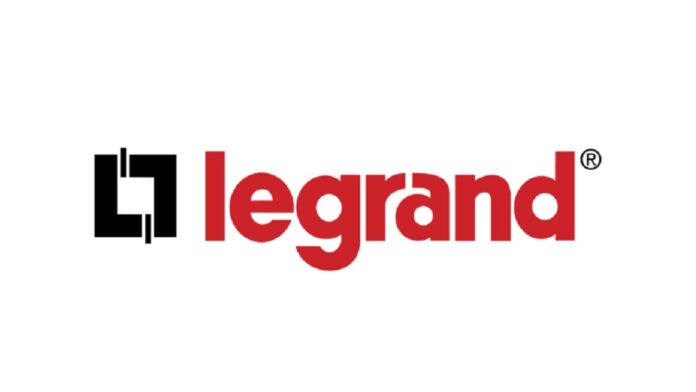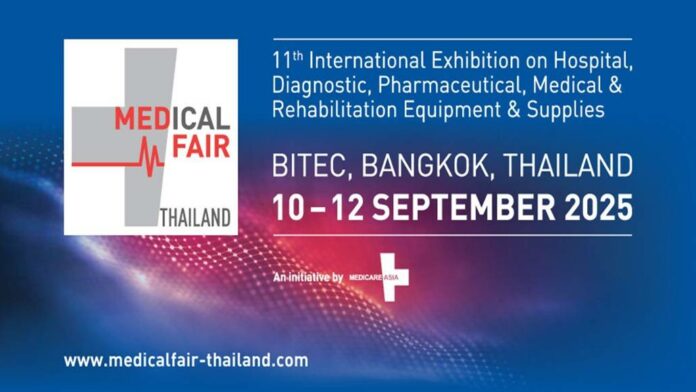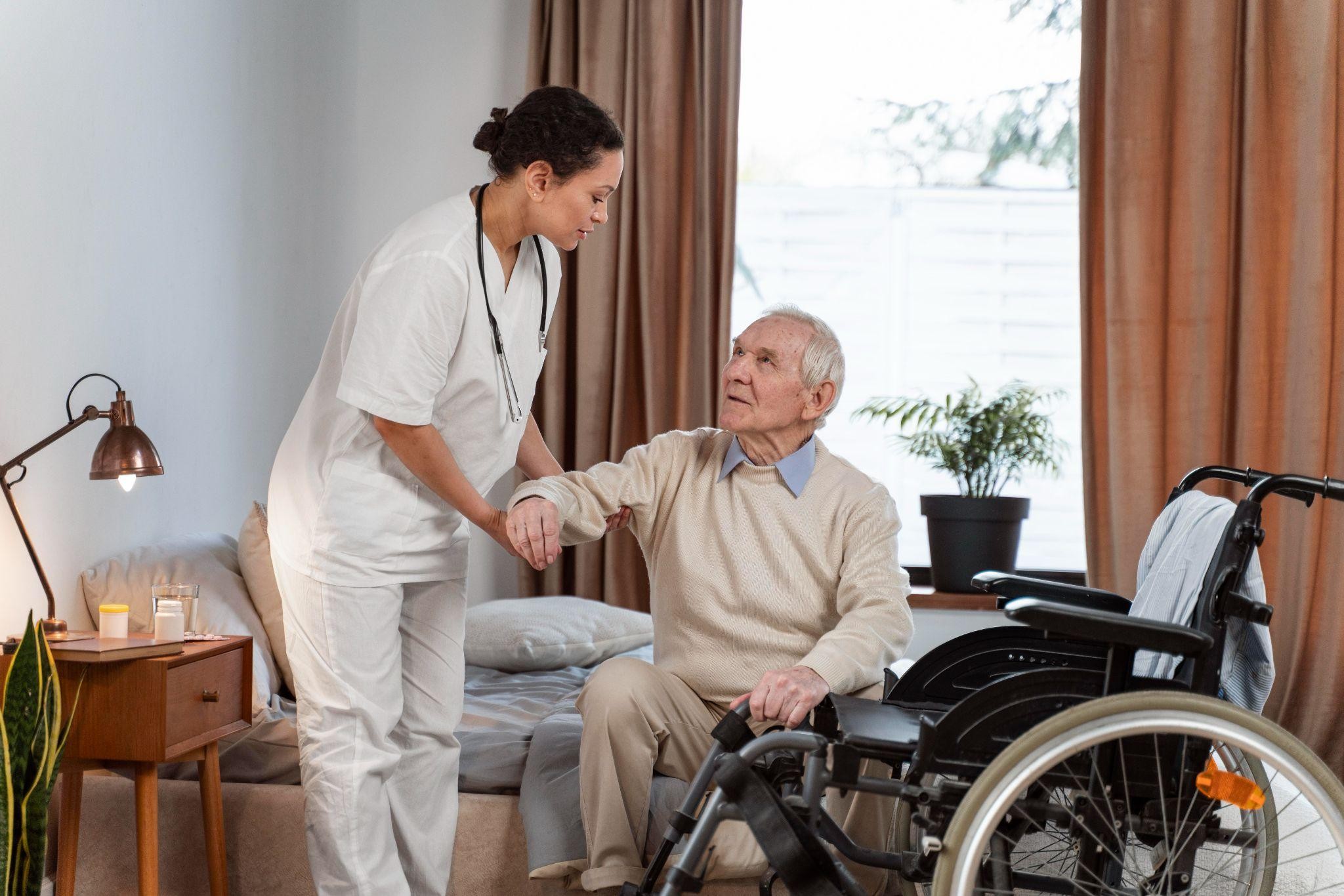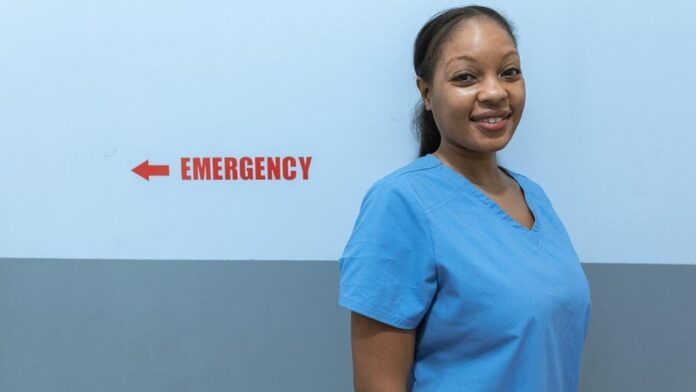Indonesia becomes the first country in the world to adopt InterSystems IntelliCare™, a landmark achievement marking a major step forward in digital health transformation across the region
InterSystems, a creative data technology provider managing more than one billion health records globally, recently held its Asia Healthcare Summit 2025, bringing together more than 200 regional and local leaders from government, healthcare providers, and the information technology sector, spotlighting Indonesia as a beacon of healthcare innovation in Asia. Supported by progressive policies, growing private sector investment, and a collaborative ecosystem that bridges global expertise with local innovation, Indonesia is emerging as a driving force in Southeast Asia’s digital health transformation, sparking breakthroughs in data-driven, patient-centered care.
Indonesia’s healthcare system is advancing rapidly in digital maturity, propelled by the Ministry of Health’s transformation agenda and a growing demand for trusted, interoperable data and AI-powered systems. Founder and CEO of InterSystems, Terry Ragon, stated that “We are in the early stages of a massive shift in computing as we enter the AI age. Southeast Asia is a hub of innovation, and at this Summit our customers showcased how they are delivering world-class care to the region with our technology.
Despite strong momentum, Asia’s healthcare sector continues to face challenges, including fragmented legacy systems, inconsistent digital literacy, and public concerns over data security. Luciano Brustia, Regional Managing Director, Asia Pacific at InterSystems, stated: “Indonesia’s ongoing healthcare transformation is more than a national achievement, it’s a catalyst for other countries in the region. Forward-thinking leadership, industry collaboration, and a readiness to embrace secure, scalable technologies are setting a new benchmark.”
Real-World Solutions, Proven Impact
InterSystems showcased how its data platform, InterSystems IRIS for Health™, brings data together from multiple systems in real time to “speak the same language” so it’s ready for AI and analytics without replacing existing infrastructure. This platform is helping hospitals modernize incrementally without disruption. The InterSystems TrakCare® Electronic Medical Record system, used by many of Indonesia’s premier hospitals and labs, is built upon this data platform. These solutions use global data standards such as HL7® FHIR®, while supporting national initiatives like SATUSEHAT.
In Indonesia, InterSystems technology already supports leading healthcare providers, including Prodia, EMC Healthcare, Tzu Chi Hospital, EKA Hospital, Pondok Indah Group, Asia One Healthcare, and Bali International Hospital. These partnerships span national laboratory networks and advanced private hospitals, directly aligning with the Ministry of Health’s vision for connected, patient-centered care.
One event highlight came from EMC Healthcare, the first hospital in Asia to deploy newly released InterSystems Intellicare™, an AI-powered, fully unified EHR also built on InterSystems’ trusted data platform. “IntelliCare is designed to give our clinicians more time to focus on patients while patient data flows securely and instantly for well-informed decision-making,” said Jusup Halimi, CEO of EMC Healthcare.
InterSystems Head of Global Healthcare Solutions, Don Woodlock, discussed InterSystems’ broad product portfolio to address the seamless flow of data in healthcare, including the Unified Care Record solution that won the 2025 Best in KLAS award in Europe for Shared Care Records/HIE. He previewed exciting new agentic AI capabilities coming to InterSystems IntelliCare, which will provide care providers with an assistant that can help plan and execute tasks to free up time and aid better decision-making.
Revolutionizing Care in Indonesia
Another highlight of the event featured Dr. Noel Yeo, Chief Commercial & Operations Officer atBali International Hospital, which opened in June 2025 in the heart of Bali’s newly established Sanur Special Economic Zone for healthcare. Dr. Yeo discussed how the hospital is revolutionizing care delivery in Indonesia and the role that TrakCare is playing to help them push new boundaries in care delivery.
The Summit featured live product demonstrations from InterSystems including AI-assisted consultations and patient insights, AI avatars to support clinicians with common tasks, and seamless data sharing across various segments of the health and care ecosystem—bridging the gap between policy vision and clinical reality. In addition, ten InterSystems solutions and services partners exhibited in the Partner Pavilion, including global technology, defense and engineering group ST Engineering, InterSystems’ newest implementation and solutions partner in the Asean region.
Tan Bin Ru, President of Enterprise Digital at ST Engineering, stated, “By integrating our smart systems with InterSystems’ healthcare data platform, our AGIL® Care command center strengthens hospital interoperability, operational efficiency, and resilience in managing crisis and pandemics.”
InterSystems concluded the event by celebrating customers in Asia that are setting a benchmark in digital health maturity by achieving Stage 6 or 7 validation on the prestigious HIMSS Electronic Medical Record Adoption Model (EMRAM). Pondok Indah Hospital Group, the first in Indonesia to achieve EMRAM Stage 6, has now achieved Stage 7 across all three hospitals. EMC Grha Kedoya has just achieved HIMSS EMRAM 6. And National Heart Institute of Malaysia has become the first hospital in Malaysia to achieve HIMSS EMRAM Stage 6.
Delegates agreed that integrating secure data and implementing AI-powered systems can reduce workload, accelerate diagnoses, and improve patient engagement and outcomes. These solutions directly support the Indonesian government’s vision for a secure, inclusive, and patient-centered digital health ecosystem.
Speakers underscored that the path forward requires balancing technological ambition with ethical AI, transparent governance, strong data security, and human-centered care. Indonesia’s readiness to lead stems from its blend of government vision, private sector capability, and openness to global collaboration.





























